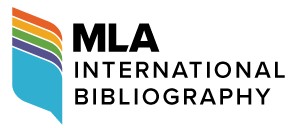Abstract
This study contests the prevalent perception of graffiti writing, especially tagging and bombing, as meaningless vandalism. It contends that graffiti is a form of expression with intrinsic political implications. Leveraging the notion of spatial justice and Jacques Rancière's philosophy, I demonstrate how graffiti reclaims urban visibility against the commercial monopoly of visibility in public spaces and challenges the inequitable allocation of opportunities for self-expression in modern cities. Despite writers' common denial of political motives, their actions may be interpreted as manifestations of resistance within wider socio-spatial conflicts. This study situates graffiti within discussions of political art, spatial commodification, and everyday resistance, proposing a normative framework for viewing the art of the urban signature as an activity that redefines “the community that speaks.”
Keywords
Graffiti writing, spatial justice, public space, resistance, Rancière, political art
First Page
165
Last Page
178
Recommended Citation
Baldini, Andrea L.. 2025. "Bombing Inequality: Graffiti Writing and Spatial Justice." Theoretical Studies in Literature and Art 45, (4): pp.165-178. https://tsla.researchcommons.org/journal/vol45/iss4/16


